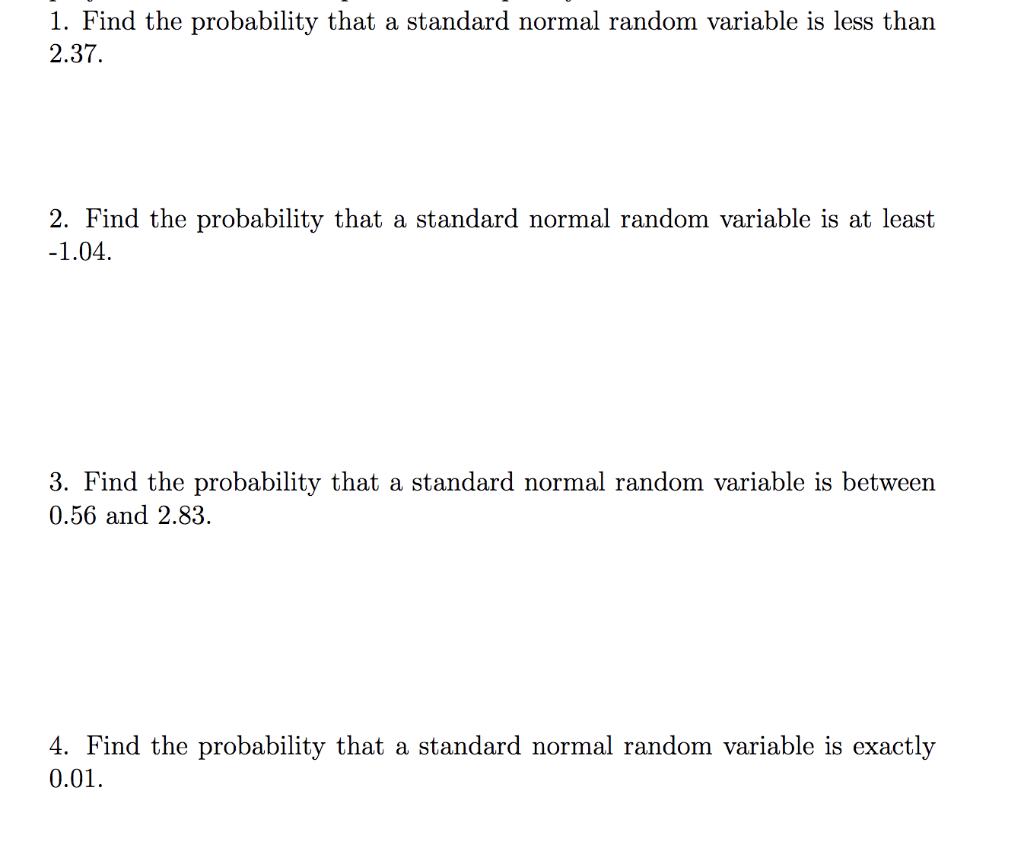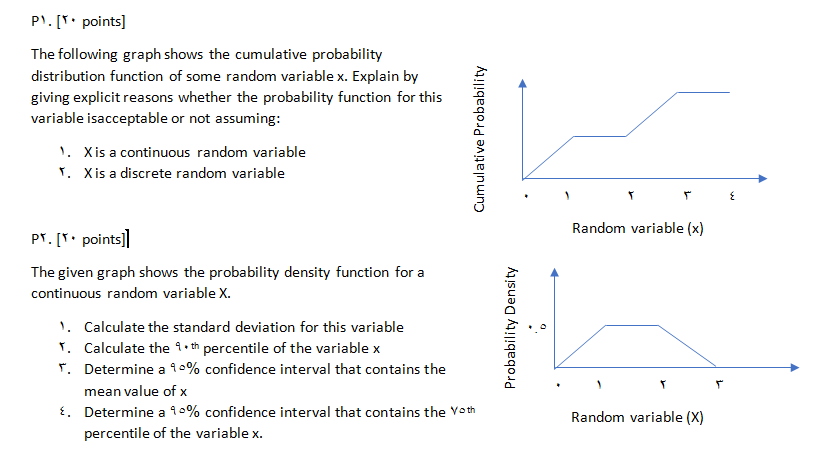Question
3. Industry Analysis. This phase need to start through describing the industry the new business will enter in terms of its size, boom fee, and
3. Industry Analysis. This phase need to start through describing the industry the new business will enter in terms of its size, boom fee, and income projections. It is vital to attention strictly at the business's enterprise and no longer its enterprise and target market concurrently. Before a commercial enterprise selects its goal market, it have to have an amazing grasp on its enterprise?which includes in which its industry's promising areas are and where its factors of vulnerability are positioned.
A. The sections to encompass on this part of the plan encompass: Industry Size, Growth Rate and Sales Projections, Industry Structure, Nature of Participants, Key Success Factors, Industry Trends, and Long-Term Prospects.
B. Industry structure refers to how focused or fragmented an industry is. Fragmented industries are extra receptive to new entrants.
C. Industry tendencies ought to be discussed, which consist of both environmental and enterprise trends. This is arguably the maximum vital segment of an enterprise evaluation as it often lays the inspiration for a brand new enterprise idea in an enterprise.
4. Company Description. This phase starts offevolved with a popular description of the corporation. Although before everything glance this section may additionally seem much less crucial than the others, it's miles extremely critical. It demonstrates to your reader that you know how to translate an idea right into a commercial enterprise.
A. The agency description need to start with a brief advent, which offers an outline of the organisation and reminds the reader of the cause it's far beginning.
B. The sections to consist of in this portion of the plan encompass: Company History, Mission Statement, Products and Services, Current Status, Legal Status and Ownership, and Key Partnerships (if any).
Five. Market Analysis. While the enterprise evaluation focuses on the industry that a company will participate in, the market analysis breaks the enterprise into segments and zeroes in on the particular phase (or goal market) to which the firm will try and appeal.
A. The sections to consist of in this part of the plan consist of Market Segmentation and Target Market Selection, Buyer Behavior, and Competitor Analysis.
B. Market segmentation is the technique of dividing the marketplace into distinct segments. Markets can be segmented in lots of approaches, consisting of by geography, demographic variables, psychographic variables, and so forth.
C. A competitor evaluation is a detailed evaluation of a firm's competitors.
6. The Economics of the Business. This phase begins the monetary analysis of the business, which is further fleshed out within the monetary projections. It addresses the basic logic of the way income are earned within the enterprise and how many gadgets of a enterprise's products or services need to be sold for the enterprise to "break even" and then start earning a profit.
A. Revenue drivers and earnings margins. Summarize the most important sales drivers of the commercial enterprise in share to wherein you assume to make your money. Describe the dimensions of the general gross margins and margins for each of the major sales drivers of the commercial enterprise. Then decide the weighted common contribution margins.
B. Fixed and variable fees. Provide a detailed precis of fixed and variable costs for the mission.
C. Operating leverage and its implications. Characterize whether your fee shape is predominantly fixed or variable and then suggest the implications.
D. Start-up prices. Distinguish the one-time begin-up charges of the commercial enterprise.
E. Overall economic version. Put the pieces above together. Indicate how you'll make money in phrases of the mixture of margins, volumes, operating leverage, and sales supply flexibility. How appealing is the aggregate?
F. Breakeven chart and calculations. Compute the wide variety of units the enterprise has to promote to "wreck even" prior to earning a earnings.
G. Profit durability. Address the issue of the way strong or inclined the profit circulation seems to be.
7. Marketing Plan. The advertising plan specializes in how the commercial enterprise will market and promote its product or service. It offers with the nuts and bolts of advertising and marketing in phrases of rate, advertising, distribution, and income.
A. The sections to encompass in this portion of the plan encompass Overall Marketing Strategy and Product, Price, Promotions, and Distribution.
B. A firm's advertising method refers to its average method for advertising its services and products. A firm's ordinary technique commonly boils down to how it positions itself in its marketplace and the way it differentiates itself from its competition.
C. The next section ought to address your corporation's approach to product, fee, merchandising, and distribution.
D. The very last phase have to describe the employer's income procedure or cycle and precise income tactics it will employ.
8. Product (or Service) Design and Development Plan. If you're growing a completely new service or product, you want to include a segment for your business plan that makes a speciality of the repute of your development efforts.
A. The sections to consist of on this portion of the plan encompass: Development Status and Tasks, Challenges and Risks, and Intellectual Property.
B. Most merchandise comply with a logical path of development that consists of product concept, prototyping, initial production, and complete production. You must describe mainly the factor that your service or product is at and provide a timeline that describes the final steps.
C. A prototype is the first bodily depiction of a new product. A virtual prototype is a computer-generated three-D photo of an idea. It displays an invention as a 3-d model that can be considered from all sides and circled 360 degrees.
question 1



Evaluate the probabilities of events that involve the joint behavior of two random variables using the joint probability distribution and functions of random variables including sum of random variables. (C4-PLO2) (i) Consider the joint PMF of random variables X and Y, (a) Find the value of a (b) Find the marginal PMFs Par (x,y) = = if 1 < x + y 4 Otherwise
Step by Step Solution
There are 3 Steps involved in it
Step: 1
It seems like youve provided detailed instructions for different sections of a business plan includi...
Get Instant Access to Expert-Tailored Solutions
See step-by-step solutions with expert insights and AI powered tools for academic success
Step: 2

Step: 3

Ace Your Homework with AI
Get the answers you need in no time with our AI-driven, step-by-step assistance
Get Started


